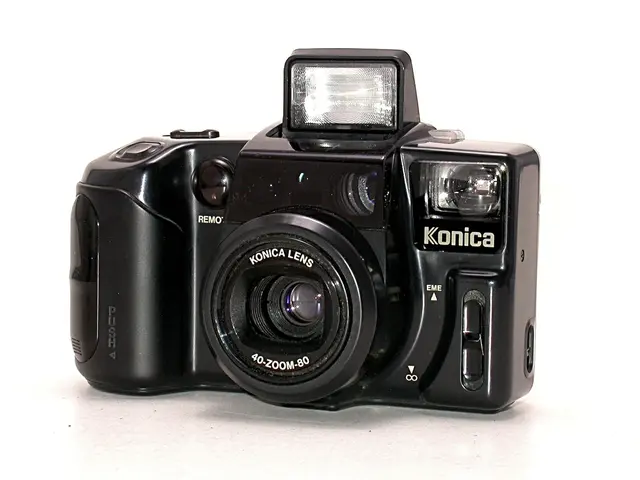Clock Maintenance for a 8-day Seth Thomas Mechanism
The Waterbury Wren shelf clock, a unique blend of Waterbury and Seth Thomas craftsmanship, is a testament to the enduring appeal of American antique clocks. This composite clock, often the result of later modifications or repairs, combines a Waterbury case (named "Wren") with a Seth Thomas movement, another renowned American clockmaker.
Upon closer inspection, this particular Waterbury Wren shelf clock showcases a well-preserved condition. No worn gear teeth were found, and the pivots, plus the lantern pinions are all in great shape. The movement does not have Geneva stops, and drilling from the outside was necessary for the bushing of the pin wheel. A 5-step block jig was used to stabilize the escape wheel bridge during drilling, while a block from a staking set was employed to punch the bushing from the inside to secure it. In total, the movement has had 12 bushings installed, with 5 on the front plate and 7 on the back.
The presence of a Seth Thomas movement in a Waterbury case suggests that at some point, the original Waterbury movement may have failed or been replaced for improved reliability or availability. This historical repair or modification, though reducing its collectible value for those seeking complete originality, still holds interest for those valuing American clockmaking history and craftsmanship.
The clock's regulating mechanism is a first for the user, featuring a long arbour with a worm gear and a spring-secured regulating end. The mainsprings look to be in good shape and still bear the original ST trademarks. The movement has an overly complicated speed regulating feature and a set-back counter weight.
This Waterbury Wren shelf clock, initially thought to have an Ansonia movement, was purchased from an antique store without knowing the maker. However, after minor adjustments, the clock is now running smoothly. The old bushing came out during the last 3.47 mm cutter drilling, indicating a loose fit for the new bushing. The count wheel and the strike pin wheel are side by side, and a bushing was required for the pin wheel but could not be accessed from inside the plate.
In conclusion, the Waterbury Wren shelf clock with a Seth Thomas movement presents a non-original but historically typical repair or modification. This clock, while not maintaining complete originality, still offers a fascinating glimpse into the practical approach taken by owners and repairers in maintaining clocks as working tools rather than just static collectibles.
In the realm of vintage clocks, this specific Waterbury Wren shelf clock, despite not being completely original, remains a treasure trove of American clockmaking history, showcasing the combination of Waterbury and Seth Thomas craftsmanship. Its presence also exemplifies the transition from traditional clocks to more intricate smart-home devices and gadgets, a testament to the evolution of technology.







